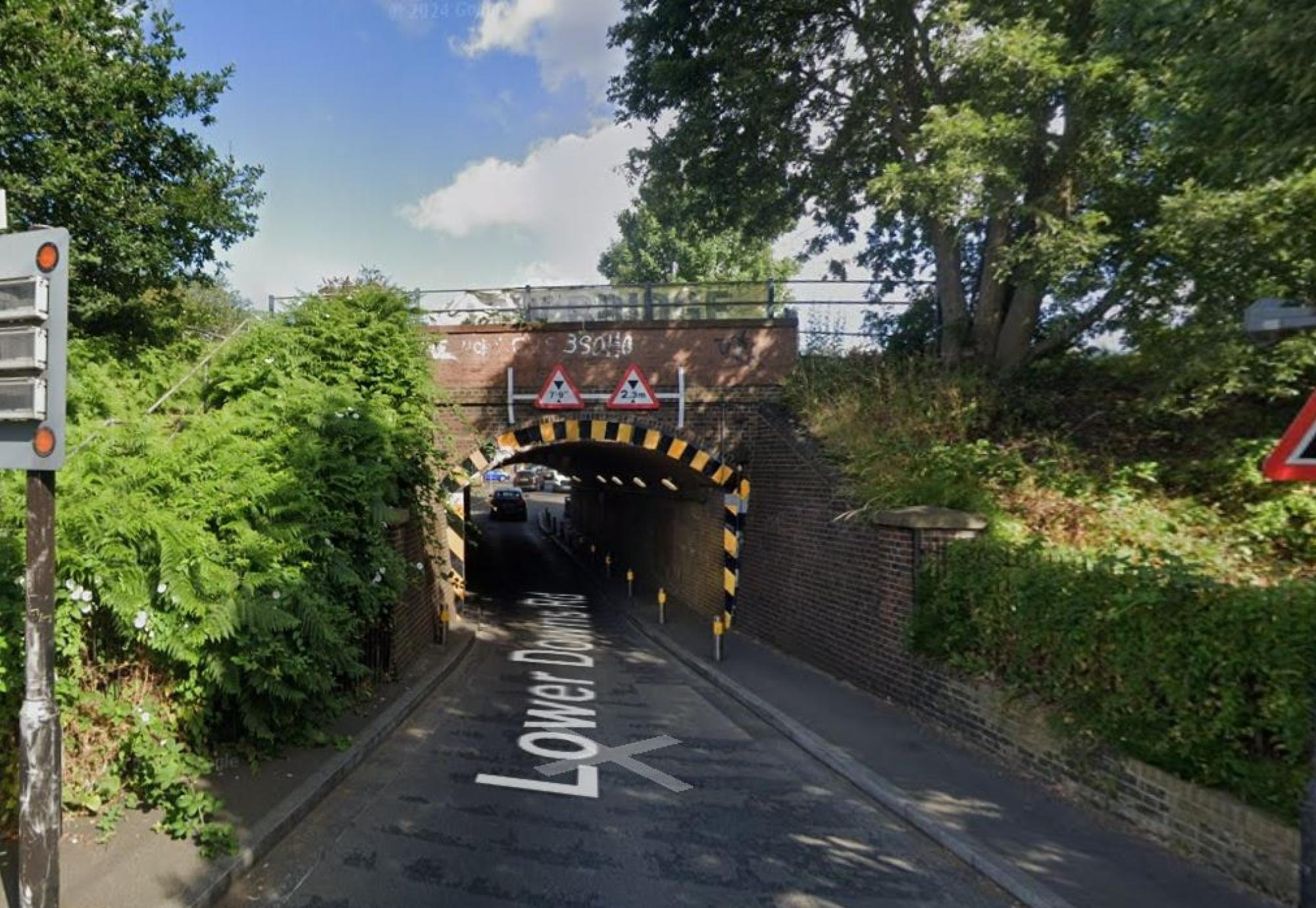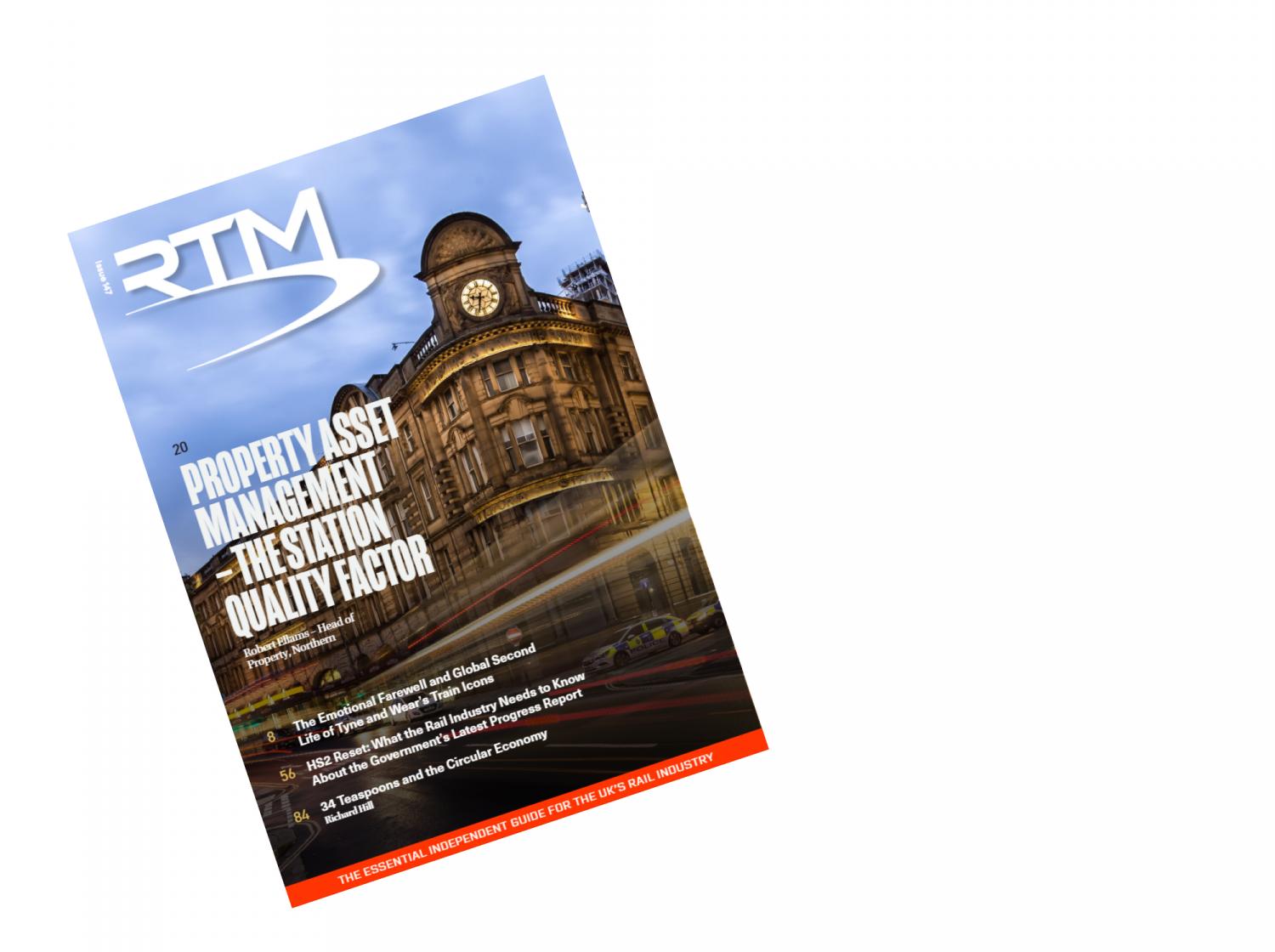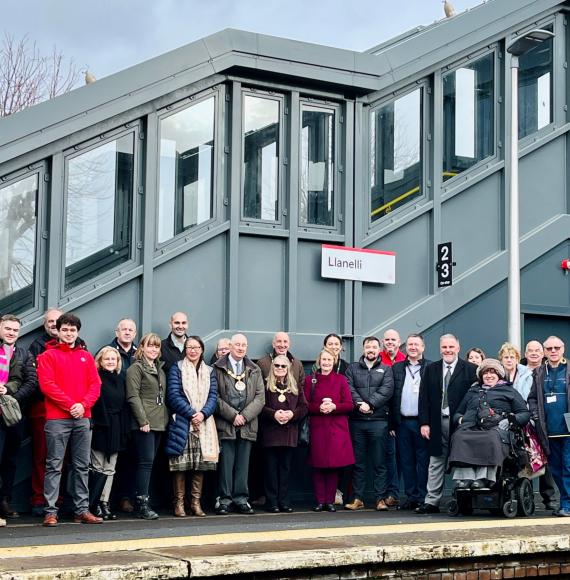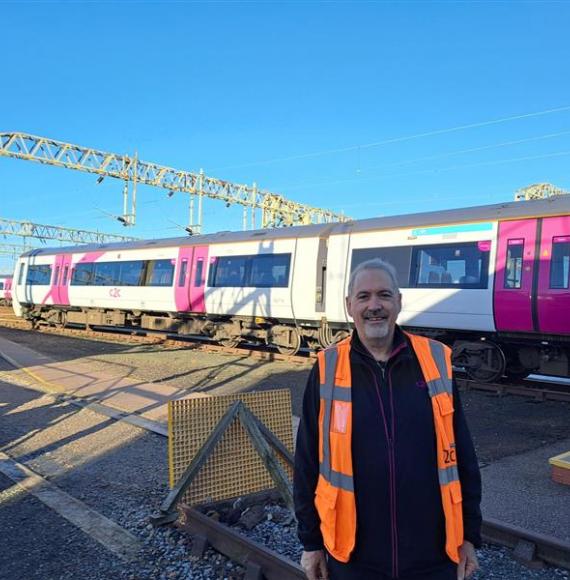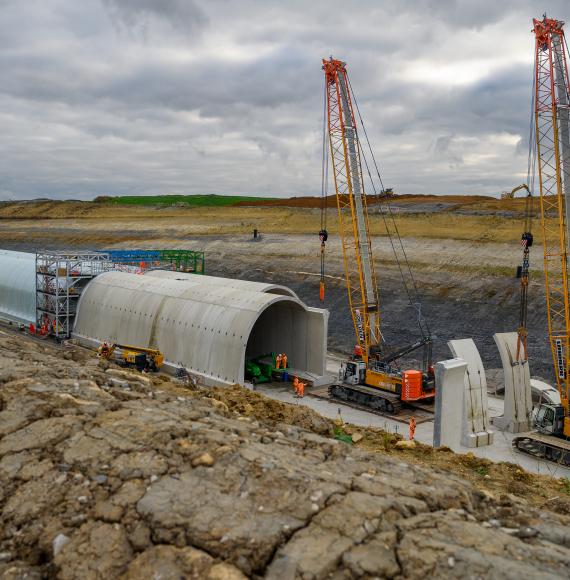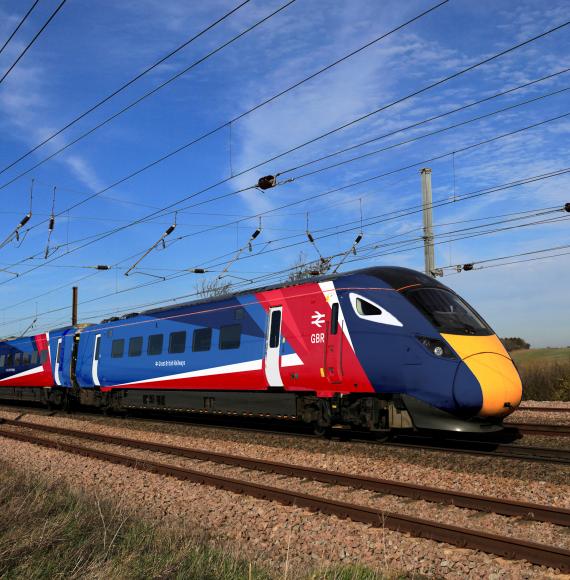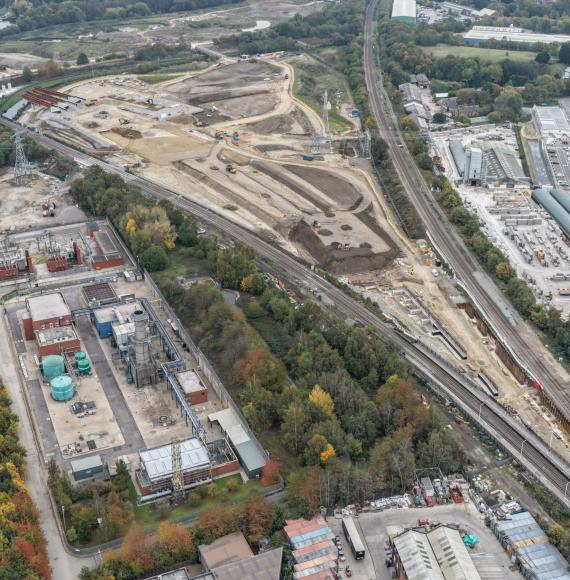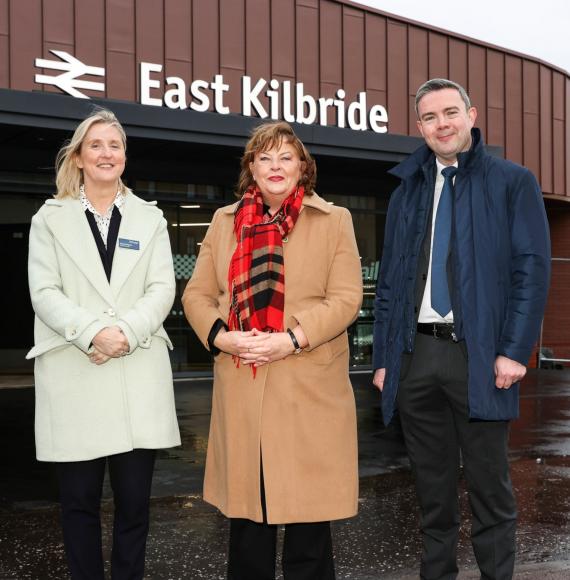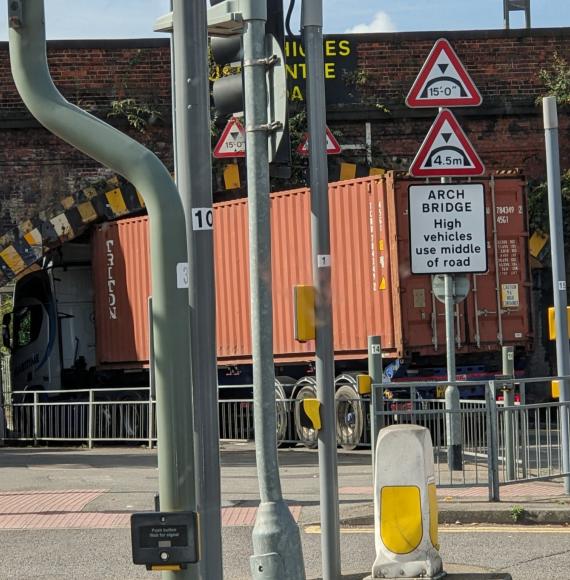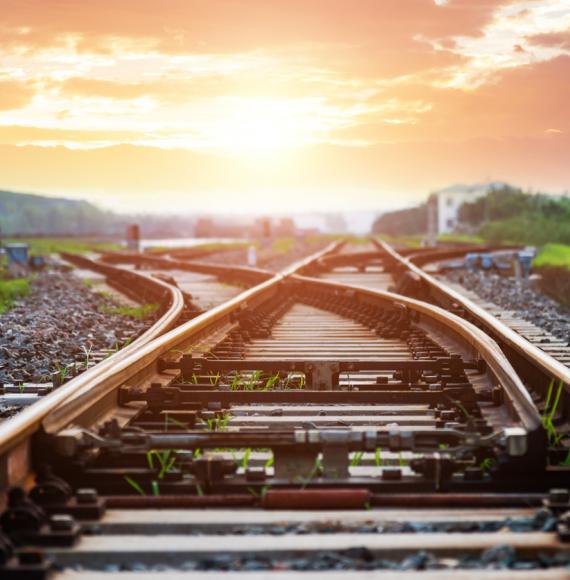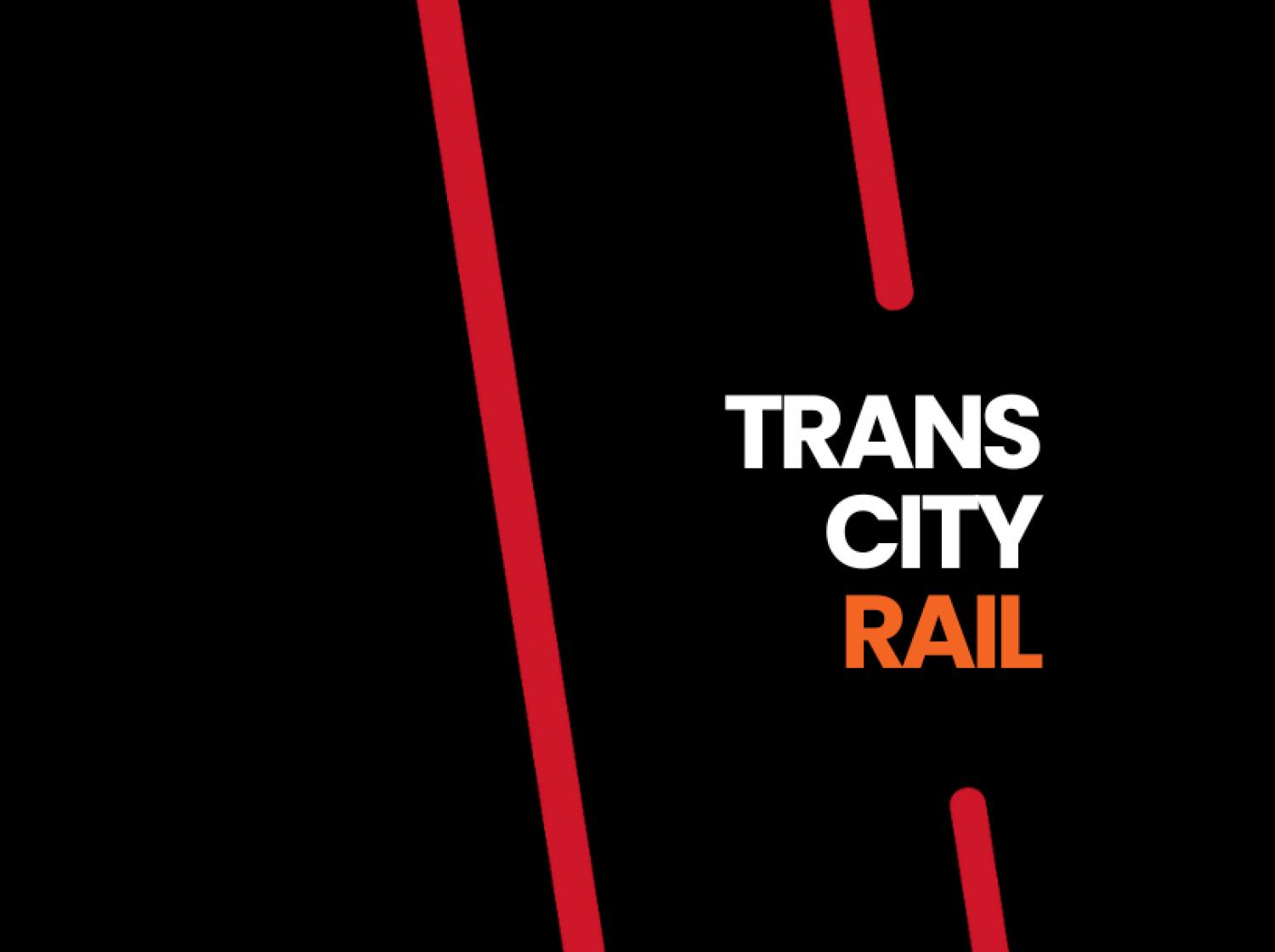Recent statistics from Network Rail reveal that collisions involving heavy goods vehicles (HGVs) and bridges resulted in over 100 days (150,000 minutes) of delays for rail passengers last year. Between 1 April 2023 and 31 March 2024, there were 1,532 reported bridge strikes—averaging one every six hours—costing Britain’s rail industry approximately £20 million in delays, cancellations, and repairs.
In response, Network Rail is urging haulage operators and lorry drivers to ‘Wise Up, Size Up’ and exercise greater caution on the roads. The railway bridge at Lower Downs Road, Wimbledon, was the third most frequently struck bridge with 17 incidents in 2023/24. The Stuntney Road bridge in Ely, Cambridgeshire, topped the list.
Network Rail collaborates closely with industry partners to address bridge strikes. Their ongoing ‘Wise Up, Size Up’ campaign encourages lorry drivers to check their vehicle heights and plan routes to avoid low bridges. Additionally, Network Rail has appointed bridge strike champions across Britain to raise awareness by visiting local haulage companies.
The past two years have seen a decline in the total number of incidents, with a 4% reduction in the last year alone. Network Rail’s engineers are also enhancing railway bridges by installing new protection beams designed to withstand future strikes, thereby reducing disruption to rail and road traffic.
Martin Frobisher, Network Rail’s group safety and engineering director, said: “Every time a vehicle hits a bridge it can serious safety issues for road and rail users. To compound matters, these incidents can delay tens of thousands of passengers while we inspect the bridge and repair any damage – creating costs from public funds which should be used to upgrade and improve our network.
“We’ve done a lot of work with transport partners to tackle bridge strikes and it’s encouraging to see this is paying off with a general downward trend in the number of incidents. But with a strike every six hours there’s still much to do and we urge operators and drivers to properly plan their routes, know the height of their vehicles and be vigilant for road signs showing the height of bridges. We will report those who don’t to the Traffic Commissioners and Network Rail always looks to recover the entire repair and delay costs from the driver and the operator.”
Photo and video credit: Network Rail

